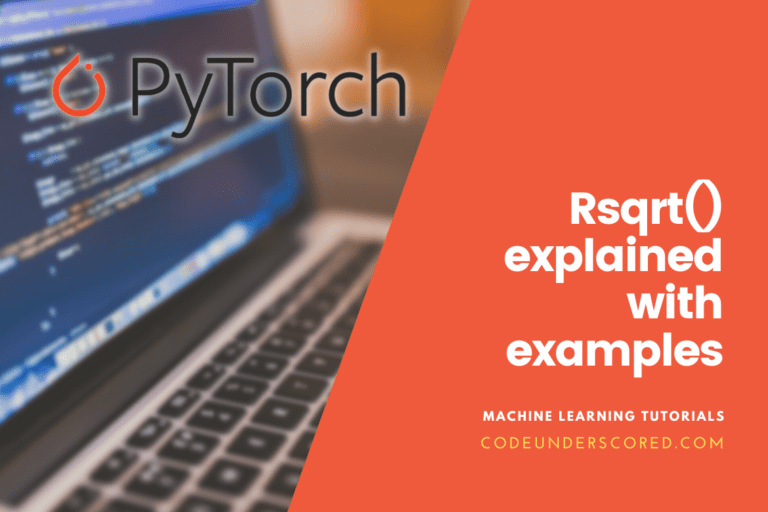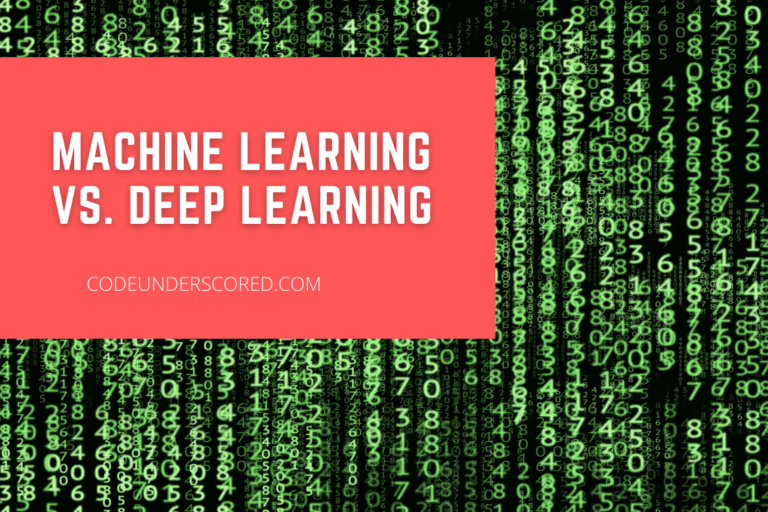Using the Max() Function in PyTorch: A Step-by-Step Guide
The max() function in PyTorch is a crucial tool in the world of machine learning and deep learning. It returns the maximum value of all elements in the input tensor, or the maximum value along a specified axis in the tensor. This function is versatile, playing a critical role in identifying maximum values for loss calculations, optimization processes, and more.












